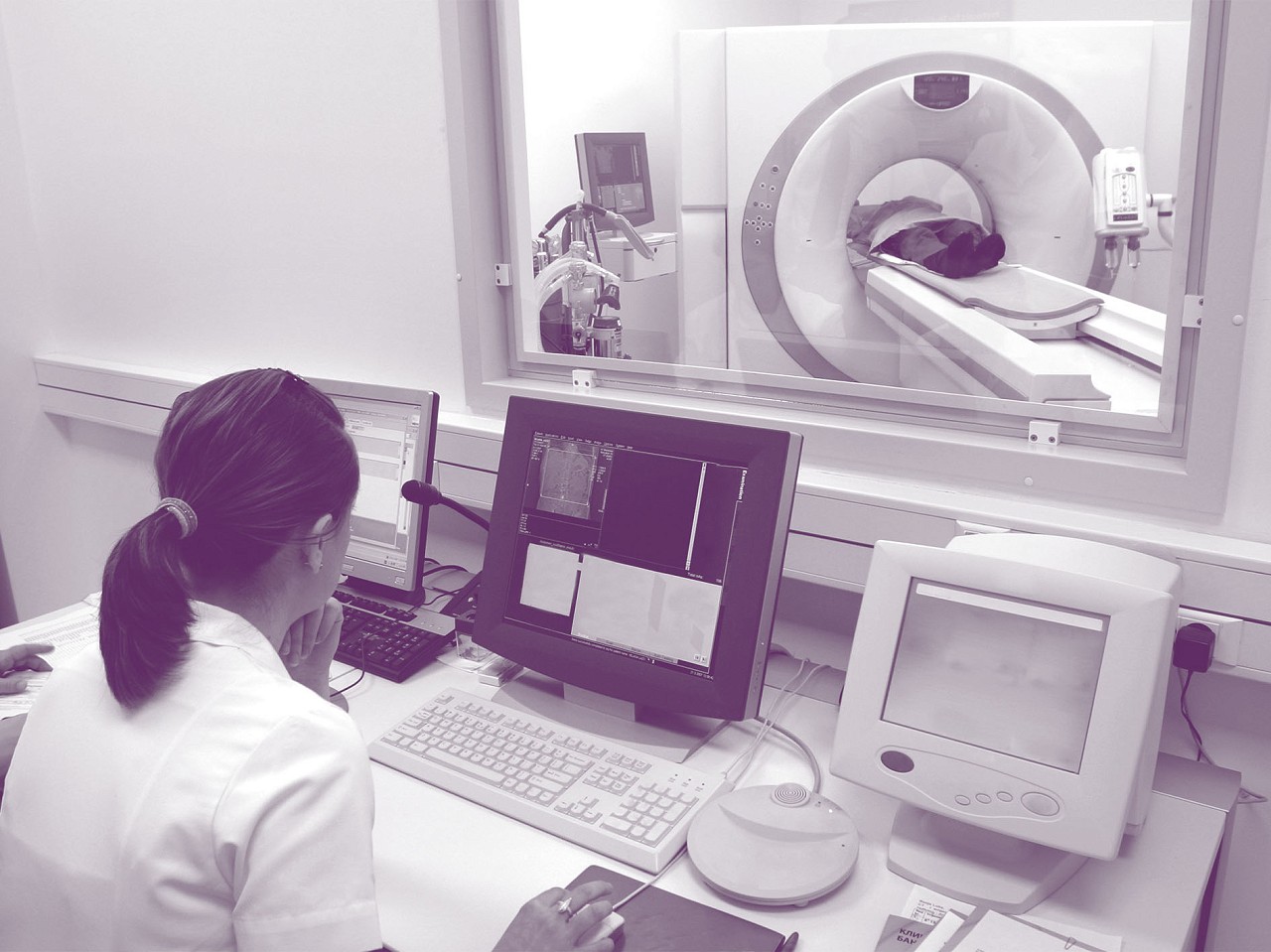
Diagnostic delay in abdominal pain - Knowing what symptoms the disease does not have
Introduction
This article discusses the problems that arise from inadequate information regarding a patient’s history and examination, leading to the patient dealing with complications of sepsis due to the delay in the diagnosis of acute appendicitis after an initial diagnosis of gastroenteritis.
Case example
A 55-year-old man presented to the emergency room with diarrhoea and vomiting, leading to an initial diagnosis of gastroenteritis was made by the medical team. However, he also exhibited symptoms of severe lower abdominal pain. After three days with no improvement, a surgical opinion was sought. A CT scan was conclusive of intra-abdominal sepsis. At laparotomy, the patient was found to have extensive intra-abdominal sepsis from a perforation of acute appendicitis. The patient deteriorated and was admitted to intensive care with adult respiratory distress syndrome. After this occurrence, the patient developed a large incisional hernia requiring major surgery for repair.
Independent recommendations to improve healthcare standards and patient safety
Method of diagnosis
While vomiting and diarrhoea are symptoms of gastroenteritis, they are also symptoms of intra-abdominal sepsis from problems such as acute appendicitis or acute diverticulitis. In the UK, it is standard practice to arrange a CT scan. Furthermore, the sepsis may be because of an abscess so the CT identifies those that may be treatable by percutaneous drainage rather than surgery. In one study, five independent predictors of acute appendicitis included vomiting, right lower quadrant pain, stool occult blood, raised white blood cell count, and raised C-reactive protein(1). Although diarrhoea may be present in both conditions, pain is a prominent feature of acute appendicitis but not gastroenteritis. The Alvarado scoring system(2) (with an online calculator(3)) has been demonstrated to lead to an accurate diagnosis, but diarrhoea is omitted from this scoring system. Any delay in surgery for appendicitis is associated with a much poorer outcome. Therefore, shortly after admission, urgent imaging is required either with ultrasound in those under 40 or a CT scan in those over 40 years old as the incidence of caecal cancer increases with age.
Effect of sepsis
The problem with delay in treating abdominal sepsis is that the patient may deteriorate quickly as a result with a significant risk of death due to the damaging the effects of the sepsis of the heart, lungs, and kidneys. It is also found to interfere with wound healing, and it can result in an incisional hernia.
Acute appendicitis requires urgent treatment especially with possibility of an underlying caecal cancer. A raised c-reactive protein is more common in acute appendicitis which help in the differentiation from gastroenteritis.
Conclusion
Severe abdominal pain in the presence of vomiting and diarrhoea is not a characteristic feature of gastroenteritis and should therefore raise suspicion that intra-abdominal sepsis such as from acute appendicitis is present. Diagnosis requires urgent imaging (ultrasound or CT scan of the abdomen and pelvis) and a senior surgical opinion which should occur no later than 12 hours after admission in the emergency department. A CT is of specific importance in patients over 40 years because of the risk of a caecal cancer. Diarrhoea is sometimes present in acute appendicitis, but it is not usually a prominent feature.
It is important not only to focus the symptoms that the disease has but also symptoms that the disease does not have, so the appropriate investigations and diagnosis is reached. Therefore, if pain is a prominent feature, then it is essential to determine whether abdominal sepsis such as acute appendicitis is present.